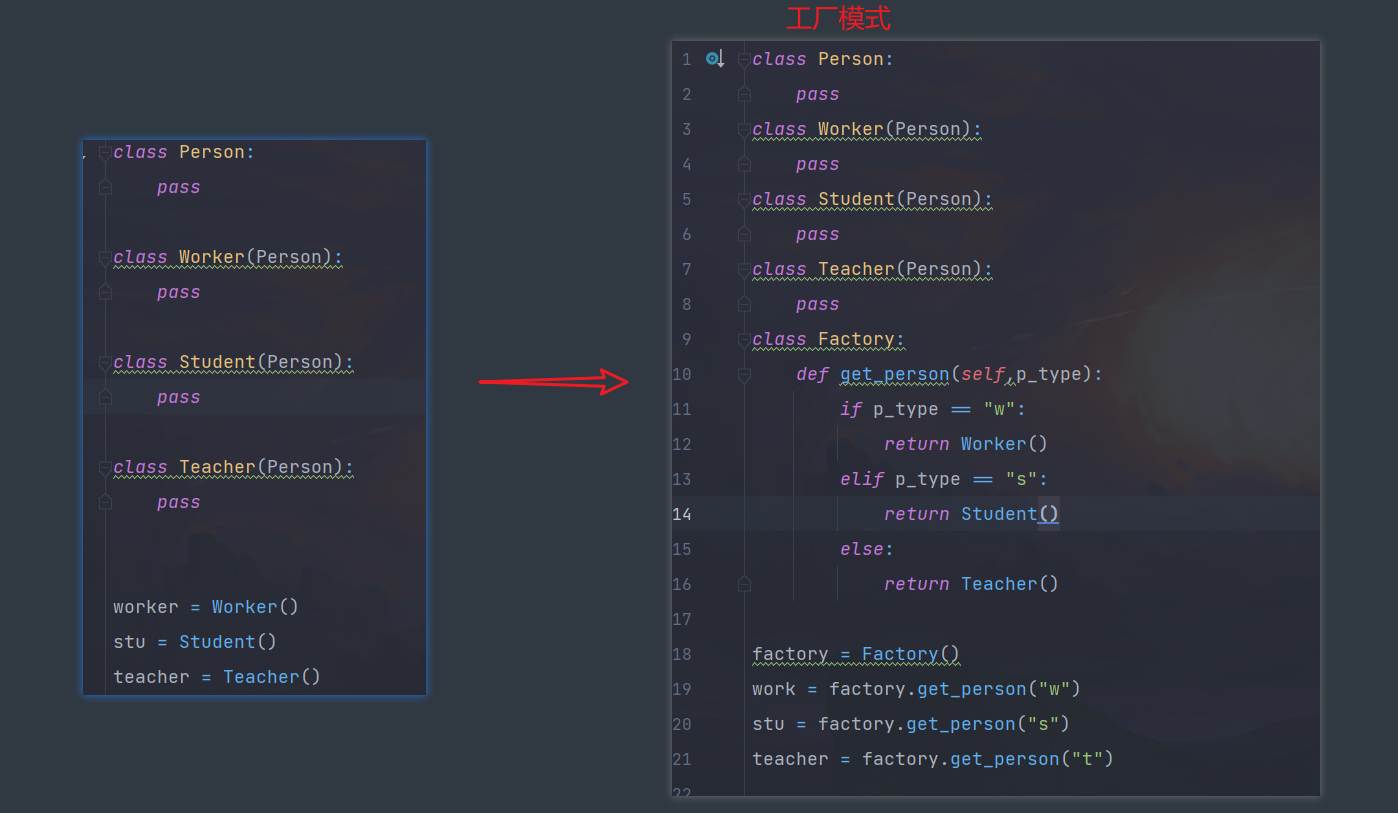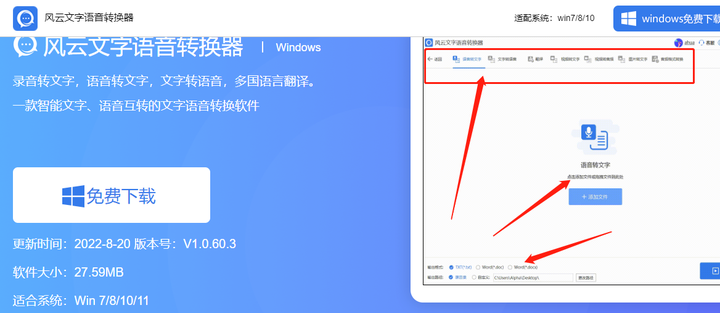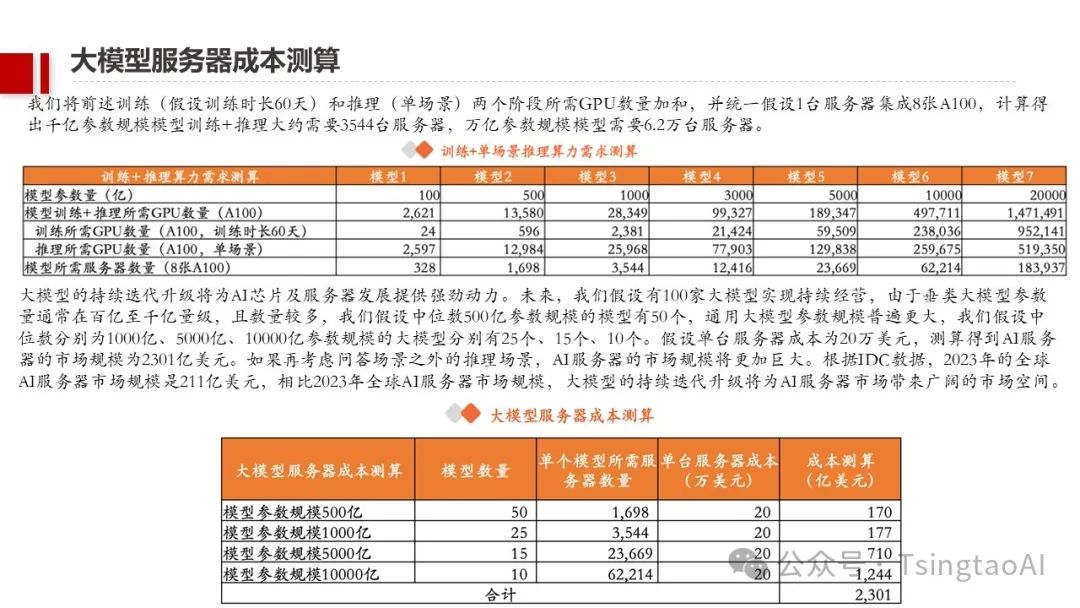一、本文介绍
作为入门性篇章,这里介绍了A2-Nets网络注意力在YOLOv8中的使用。包含A2-Nets原理分析,A2-Nets的代码、A2-Nets的使用方法、以及添加以后的yaml文件及运行记录。
二、A2-Nets原理分析
A2-Nets官方论文地址:A2-Nets文章

A2-Nets注意力机制(双重注意力机制):它从输入图像/视频的整个时空空间中聚集和传播信息全局特征,使后续卷积层能够有效地从整个空间中访问特征。采用双注意机制(包括Spatial Attention和Channel Attention。Spatial Attention用于捕获图像中不同空间位置的重要性,而Channel Attention用于捕获图像中不同通道的重要性),分两步进行设计,第一步通过二阶注意池将整个空间的特征聚集成一个紧凑的集合,第二步通过另一个注意自适应地选择特征并将其分配到每个位置。


相关代码:
A2-Nets注意力的代码,如下。
import numpy as np
import torch
from torch import nn
from torch.nn import init
from torch.nn import functional as F
class DoubleAttention(nn.Module):
def __init__(self, in_channels, c_m=128, c_n=128, reconstruct=True):
super().__init__()
self.in_channels = in_channels
self.reconstruct = reconstruct
self.c_m = c_m
self.c_n = c_n
self.convA = nn.Conv2d(in_channels, c_m, 1)
self.convB = nn.Conv2d(in_channels, c_n, 1)
self.convV = nn.Conv2d(in_channels, c_n, 1)
if self.reconstruct:
self.conv_reconstruct = nn.Conv2d(c_m, in_channels, kernel_size=1)
self.init_weights()
def init_weights(self):
for m in self.modules():
if isinstance(m, nn.Conv2d):
init.kaiming_normal_(m.weight, mode='fan_out')
if m.bias is not None:
init.constant_(m.bias, 0)
elif isinstance(m, nn.BatchNorm2d):
init.constant_(m.weight, 1)
init.constant_(m.bias, 0)
elif isinstance(m, nn.Linear):
init.normal_(m.weight, std=0.001)
if m.bias is not None:
init.constant_(m.bias, 0)
def forward(self, x):
b, c, h, w = x.shape
assert c == self.in_channels
A = self.convA(x) # b,c_m,h,w
B = self.convB(x) # b,c_n,h,w
V = self.convV(x) # b,c_n,h,w
tmpA = A.view(b, self.c_m, -1)
attention_maps = F.softmax(B.view(b, self.c_n, -1))
attention_vectors = F.softmax(V.view(b, self.c_n, -1), dim=-1)
# step 1: feature gating
global_descriptors = torch.bmm(tmpA, attention_maps.permute(0, 2, 1)) # b.c_m,c_n
# step 2: feature distribution
tmpZ = global_descriptors.matmul(attention_vectors) # b,c_m,h*w
tmpZ = tmpZ.view(b, self.c_m, h, w) # b,c_m,h,w
if self.reconstruct:
tmpZ = self.conv_reconstruct(tmpZ)
return tmpZ
四、YOLOv8中SK使用方法
1.YOLOv8中添加SK模块:
首先在ultralytics/nn/modules/conv.py最后添加DoubleAttention模块的代码。
2.在conv.py的开头__all__ = 内添加DoubleAttention模块的类别名(A2-Nets的类别名在本文中为DoubleAttention)
3.在同级文件夹下的__init__.py内添加A2-Nets的相关内容:(分别是from .conv import DoubleAttention ;以及在__all__内添加DoubleAttention)
4.在ultralytics/nn/tasks.py进行SK注意力机制的注册,以及在YOLOv8的yaml配置文件中添加DoubleAttention即可。
首先打开task.py文件,按住Ctrl+F,输入parse_model进行搜索。找到parse_model函数。在其最后一个else前面添加以下注册代码:(本文续接上篇文章,加在了CBAM、ECA、SKAttention的位置)
elif m in {CBAM,ECA,SKAttention,DoubleAttention}:#添加注意力模块,没有CBAM、ECA、SKAttention的,将CBAM、ECA、SKAttention删除即可
c1, c2 = ch[f], args[0]
if c2 != nc:
c2 = make_divisible(min(c2, max_channels) * width, 8)
args = [c1, *args[1:]]然后,就是新建一个名为YOLOv8_DoubleAttention.yaml的配置文件:(路径:ultralytics/cfg/models/v8/YOLOv8_DoubleAttention.yaml)
# Ultralytics YOLO 🚀, AGPL-3.0 license
# YOLOv8 object detection model with P3-P5 outputs. For Usage examples see https://docs.ultralytics.com/tasks/detect
# Parameters
nc: 80 # number of classes
scales: # model compound scaling constants, i.e. 'model=yolov8n.yaml' will call CPAM-yolov8.yaml with scale 'n'
# [depth, width, max_channels]
n: [0.33, 0.25, 1024] # YOLOv8n summary: 225 layers, 3157200 parameters, 3157184 gradients, 8.9 GFLOPs
s: [0.33, 0.50, 1024] # YOLOv8s summary: 225 layers, 11166560 parameters, 11166544 gradients, 28.8 GFLOPs
m: [0.67, 0.75, 768] # YOLOv8m summary: 295 layers, 25902640 parameters, 25902624 gradients, 79.3 GFLOPs
l: [1.00, 1.00, 512] # YOLOv8l summary: 365 layers, 43691520 parameters, 43691504 gradients, 165.7 GFLOPs
x: [1.00, 1.25, 512] # YOLOv8x summary: 365 layers, 68229648 parameters, 68229632 gradients, 258.5 GFLOPs
# YOLOv8.0n backbone
backbone:
# [from, repeats, module, args]
- [-1, 1, Conv, [64, 3, 2]] # 0-P1/2
- [-1, 1, Conv, [128, 3, 2]] # 1-P2/4
- [-1, 3, C2f, [128, True]]
- [-1, 1, Conv, [256, 3, 2]] # 3-P3/8
- [-1, 6, C2f, [256, True]]
- [-1, 1, Conv, [512, 3, 2]] # 5-P4/16
- [-1, 6, C2f, [512, True]]
- [-1, 1, Conv, [1024, 3, 2]] # 7-P5/32
- [-1, 3, C2f, [1024, True]]
- [-1, 1, DoubleAttention, [1024]]
- [-1, 1, SPPF, [1024, 5]] # 9
# YOLOv8.0n head
head:
- [-1, 1, nn.Upsample, [None, 2, 'nearest']]
- [[-1, 6], 1, Concat, [1]] # cat backbone P4
- [-1, 3, C2f, [512]] # 12
- [-1, 1, nn.Upsample, [None, 2, 'nearest']]
- [[-1, 4], 1, Concat, [1]] # cat backbone P3
- [-1, 3, C2f, [256]] # 15 (P3/8-small)
- [-1, 1, Conv, [256, 3, 2]]
- [[-1, 13], 1, Concat, [1]] # cat head P4
- [-1, 3, C2f, [512]] # 18 (P4/16-medium)
- [-1, 1, Conv, [512, 3, 2]]
- [[-1, 10], 1, Concat, [1]] # cat head P5
- [-1, 3, C2f, [1024]] # 21 (P5/32-large)
- [[16, 19, 22], 1, Detect, [nc]] # Detect(P3, P4, P5)
其中参数中nc,由自己的数据集决定。本文测试,采用的coco8数据集,有80个类别。
在根目录新建一个train.py文件,内容如下
from ultralytics import YOLO
with warnings.catch_warnings():
warnings.simplefilter("ignore")
# 加载一个模型
model = YOLO('ultralytics/cfg/models/v8/YOLOv8_DoubleAttention.yaml') # 从YAML建立一个新模型
# 训练模型
results = model.train(data='ultralytics/cfg/datasets/coco8.yaml', epochs=1,imgsz=640,optimizer="SGD")
训练输出:


五、总结
以上就是DoubleAttention的原理及使用方式,但具体DoubleAttention注意力机制的具体位置放哪里,效果更好。需要根据不同的数据集做相应的实验验证。希望本文能够帮助你入门YOLO中注意力机制的使用。



















